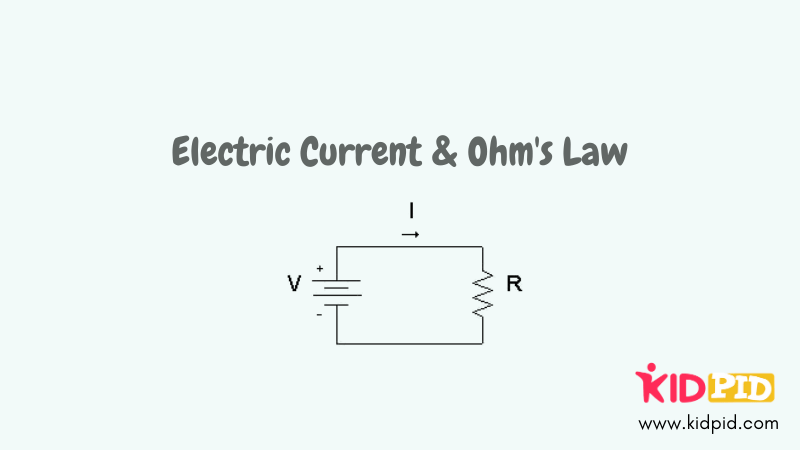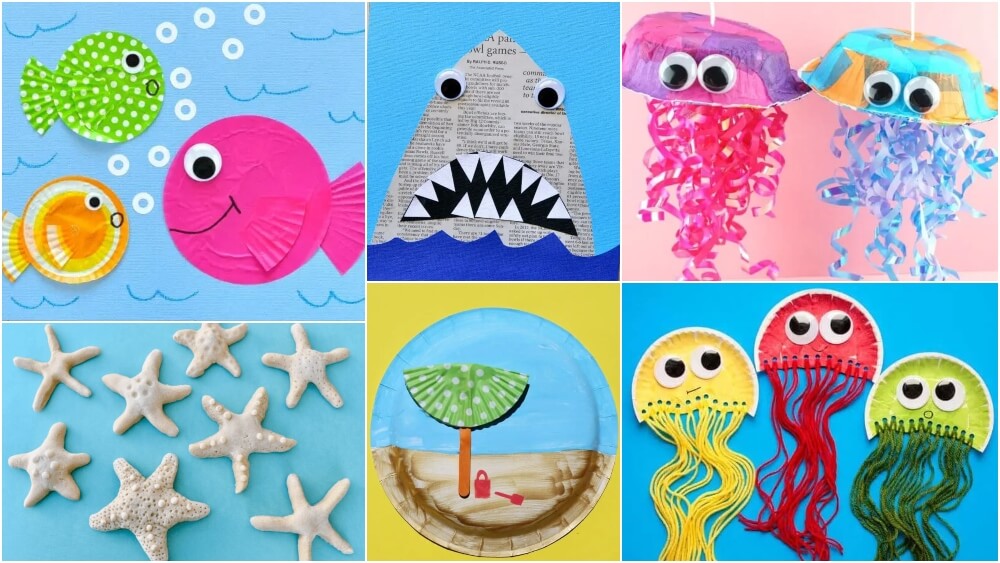Electric Current & Ohm’s Law

Contents
The waterfall adventure
Shyam sir was a physics teacher at Rukmini High School. He was very famous for explaining very hard topics in a very simple way and every student liked him. One-day Shyam sir bought 2 buckets that are connected with a transparent water pipe to the class. The students were very confused about what he was about to explain that day. He asked two of his students to fetch equal amount of water in both the buckets and asked them to observe, the water was equal in both buckets, then Shyam sir poured more water in one of the buckets and said to observe, the water in the bucket with more water started to flow into the bucket with less water. He asked the students why water flowed from more water bucket to less water bucket. Then he said everybody to imagine a waterfall
Shyam sir asked why was the water falling? The students tried to relate the buckets with water experiment to the waterfalls and said there was more water on top of the waterfall and less at the bottom that’s why water was falling. Shyam sir appreciated the students for thinking in the right way. Then he explained the water moves from where it is high to where it is less. Where there is more water, the water is pushed towards where there is less water. For example, the water on the top of the waterfall was pushing water to go to the bottom. And said only when there is a difference in this force water, the water flows. One of the students then asked Shyam sir, “why are you explaining about all this water sir?”
To which Shyam sir said, “today, we are going to learn about electric current and Ohm’s Law.”
ELECTRIC CURRENT & OHM’S LAW
ELECTRONS: whenever we look at something closely we can see the details of that object. For example, when we look at a cloth very closely we can look at individual threads that make up the cloth. By looking closely we can see what an object is really made up of. We human beings are made up of very very small things called cells. The are crores and crores of cells that make up the human body. But what is a cell made of?
A cell is made up of very very very small round ball-like objects called ATOM. And when we look even closer into the atom, we can see even smaller balls called ELECTRON. The electrons revolve inside the atom.
Now, what are we made up of? Everything that we can see is made up of atoms, atoms make up the entire world that we see.
POTENTIAL: In the waterfall scenario we saw that water was falling from top to bottom of the waterfall because there was more water on the top of the waterfall. In the same way, wherever there are more electrons, that place is said to have HIGH POTENTIAL and the place with lesser electrons is said to have LOW POTENTIAL.
ELECTRIC CURRENT: in the waterfall scenario we saw that the water was falling from the high water are to low water area (from top to bottom). In the same way, whenever there are more electrons (high potential) at one place and lesser electrons (low potential) in another place, the electrons flow from high potential to low potential, and this flow of electrons is called ELECTRIC CURRENT.
In the waterfall scenario, the water fell from the top to bottom. The water reached the bottom of the waterfall by falling through the air. How do you think electrons should flow to get from a high potential place to a low potential place?
OHM’S LAW
Just as in the waterfall scenario, the water needed air to get from top to bottom. The electrons require an electric conductor to go from high potential to low potential.
Electric conductor: an electric conductor is a substance which can allow electrons to pass through them. Most of the metals we see in our day to day life are electric conductors.
Law: what is a law?
A law is something that is always correct. Wherever we go in the world, the Law is always correct!
What is ohm’s law?
Ohm’s law tells us that whenever there is high potential at one end of an electric conductor and low potential at the other end of the electric conductor, there is a current flowing from the high potential end of the conductor to the low potential end of the conductor.
The amount of current flowing from high potential to low potential depends on the conductor we are using. One type of conductor lets more electrons flow, which is high current. Another type of conductor allows low current, which is low current.
QUIZ:
1)If one place has more electrons, what does that place have?
- Low potential
- High potential
- No potential
- More weight
2)What is the electric current?
- The name of the conductor
- The volume of the conductor
- Flow of electrons
- Flow of atoms
3)What makes the electric current flow?
- Potential difference
- Potential equality
- The mass of electrons
- The volume of atoms
4)Electric current flows from?
- From high potential to low potential
- From low potential to high potential
- None of the above
- Both a & b
5)If there is a large potential difference, that means there will be more current? ( )
- True
- False
6)Ohm’s Law tells that current flows only when there is a potential difference between the ends of a conductor. Is it true?
- It is true
- It is false
- We cannot say






Responses